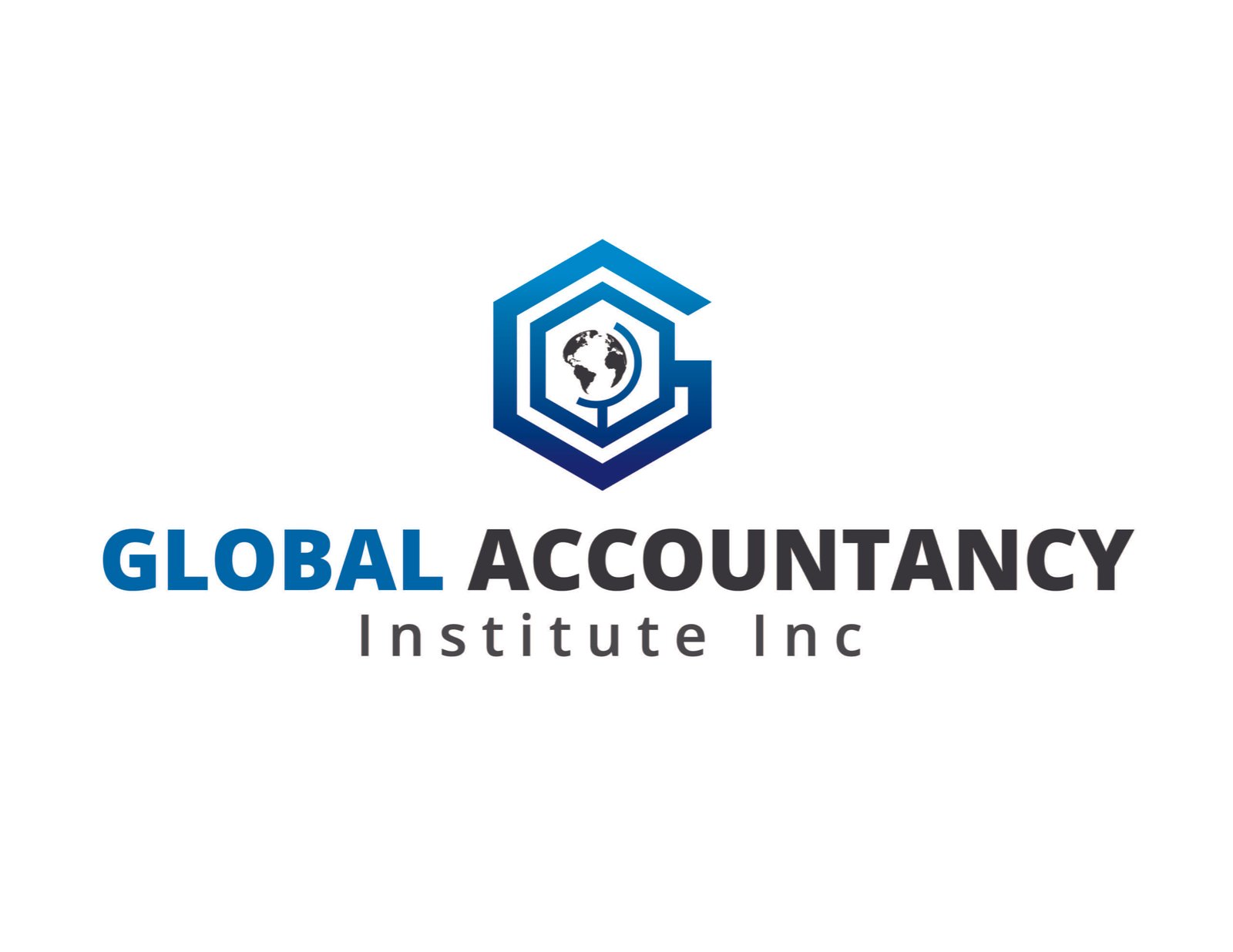Strategies for Trading Emerging Markets
- July 16, 2024
- Posted by: DrGlenBrown2
- Category: Finance, Trading, Emerging Markets

Introduction
Emerging markets present a unique set of opportunities and risks for traders and investors. These markets, typically found in countries experiencing rapid economic growth and industrialization, can offer high returns but also come with increased volatility and uncertainty. Understanding the dynamics of emerging markets and developing effective strategies is crucial for success. This article explores the opportunities and risks associated with trading in emerging markets and provides strategies to navigate these challenges effectively.
Opportunities in Emerging Markets
- High Growth Potential:
- Description: Emerging markets often exhibit higher economic growth rates compared to developed markets. This growth can translate into substantial investment returns.
- Example: Countries like China, India, and Brazil have experienced significant GDP growth, attracting investors seeking higher returns (Leverate) .
- Diversification Benefits:
- Description: Investing in emerging markets provides diversification benefits, as these markets often have different economic cycles and drivers compared to developed markets.
- Example: Adding emerging market assets to a portfolio can reduce overall risk and improve returns through diversification .
- Undervalued Assets:
- Description: Assets in emerging markets may be undervalued due to lower investor participation and less efficient markets. This creates opportunities for value investors.
- Example: Equity markets in countries like Vietnam and Nigeria may offer undervalued stocks with significant growth potential (Leverate).
- Rising Middle Class:
- Description: The expanding middle class in emerging markets drives consumption and demand for goods and services, benefiting companies and industries.
- Example: Increased consumer spending in countries like Indonesia and Mexico has boosted sectors such as retail, automotive, and technology .
Risks in Emerging Markets
- Political and Economic Instability:
- Description: Emerging markets are often subject to political and economic instability, which can lead to sudden market downturns and increased volatility.
- Example: Political unrest in countries like Turkey and Argentina has caused significant market disruptions and investor losses (Leverate) .
- Currency Risk:
- Description: Currency fluctuations can significantly impact investment returns, especially in countries with volatile exchange rates.
- Example: The devaluation of the Brazilian real and the South African rand has led to substantial losses for foreign investors (Leverate).
- Regulatory and Legal Risks:
- Description: Regulatory environments in emerging markets can be less transparent and subject to sudden changes, posing risks to investors.
- Example: Changes in tax laws or foreign investment regulations in countries like India and Russia can affect market conditions and investment returns .
- Liquidity Issues:
- Description: Emerging markets may have lower liquidity, making it difficult to enter or exit positions without significantly impacting prices.
- Example: Smaller stock exchanges in countries like Kenya and Peru can experience low trading volumes, leading to liquidity challenges for investors (Leverate).
Strategies for Trading Emerging Markets
- Conduct Thorough Research:
- Strategy: Perform comprehensive research on the economic, political, and regulatory environment of the target emerging market. Understand the key drivers and potential risks.
- Implementation: Use reliable sources of information, such as international financial institutions, market analysts, and local news outlets, to gather insights and data.
- Diversify Across Markets:
- Strategy: Diversify investments across multiple emerging markets to spread risk and reduce exposure to any single country’s instability.
- Implementation: Allocate investments to a mix of regions, such as Asia, Latin America, and Africa, to benefit from different growth drivers and economic cycles.
- Utilize Exchange-Traded Funds (ETFs):
- Strategy: Invest in ETFs that focus on emerging markets to gain diversified exposure without the need to pick individual stocks or bonds.
- Implementation: Select ETFs with a broad portfolio of assets from various emerging markets, reducing the risk associated with individual securities.
- Hedge Currency Risk:
- Strategy: Use currency hedging techniques to protect against adverse exchange rate movements that can impact investment returns.
- Implementation: Employ financial instruments such as currency futures, options, and forward contracts to hedge currency risk associated with investments in emerging markets.
- Focus on Growth Sectors:
- Strategy: Identify and invest in sectors that are expected to benefit from economic growth and rising consumer demand in emerging markets.
- Implementation: Target industries such as technology, consumer goods, healthcare, and infrastructure, which are likely to experience robust growth in emerging economies.
- Monitor Market Conditions:
- Strategy: Continuously monitor market conditions, economic indicators, and geopolitical developments to make informed investment decisions and adjust strategies as needed.
- Implementation: Stay updated with market news, economic reports, and analysis from financial experts to anticipate potential market movements and risks.
Conclusion
Trading in emerging markets offers significant opportunities for high returns, but it also comes with increased risks and volatility. By understanding the unique dynamics of these markets and implementing effective strategies, traders and investors can navigate the challenges and capitalize on the growth potential. Conducting thorough research, diversifying investments, utilizing ETFs, hedging currency risk, focusing on growth sectors, and monitoring market conditions are essential steps for success in emerging markets.
About the Author: Dr. Glen Brown
Dr. Glen Brown is the President & CEO of Global Accountancy Institute, Inc., and Global Financial Engineering, Inc. With over 25 years of experience in finance and accounting, he holds a Ph.D. in Investments and Finance. Dr. Brown is also the Chief Financial Engineer, Head of Trading & Investments, Chief Data Scientist, and Senior Lecturer at these esteemed institutions. His expertise spans financial accounting, management accounting, finance, investments, strategic management, and risk management. Dr. Brown’s leadership fosters forward-thinking and excellence in financial education and proprietary trading, nurturing the next generation of financial professionals through his visionary outlook and unique philosophical approach.
General Disclaimer
The information provided in this article is for educational and informational purposes only. It should not be construed as investment advice, financial advice, trading advice, or any other type of advice. Global Financial Engineering, Inc., Global Accountancy Institute, Inc., and Dr. Glen Brown are not liable for any financial losses or damages that may arise from the use of this information. Trading in financial instruments carries a high level of risk and may not be suitable for all investors. Before making any investment decisions, it is recommended to seek the advice of a qualified financial advisor.
